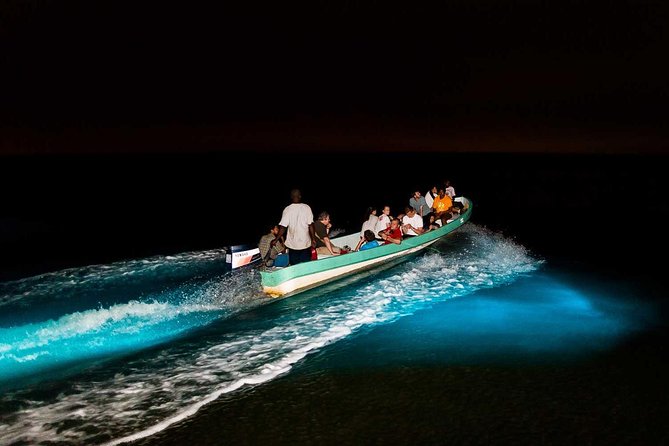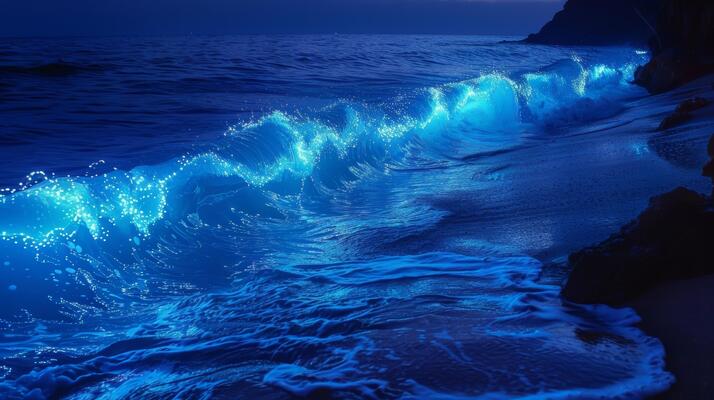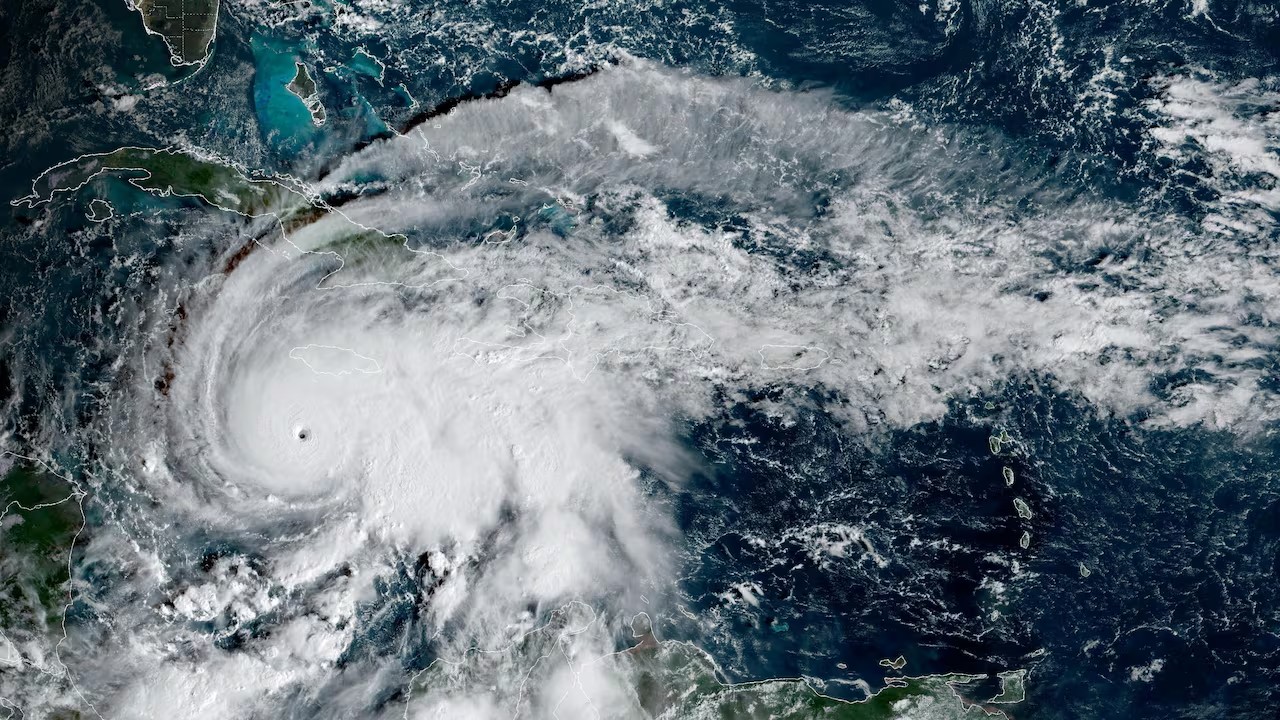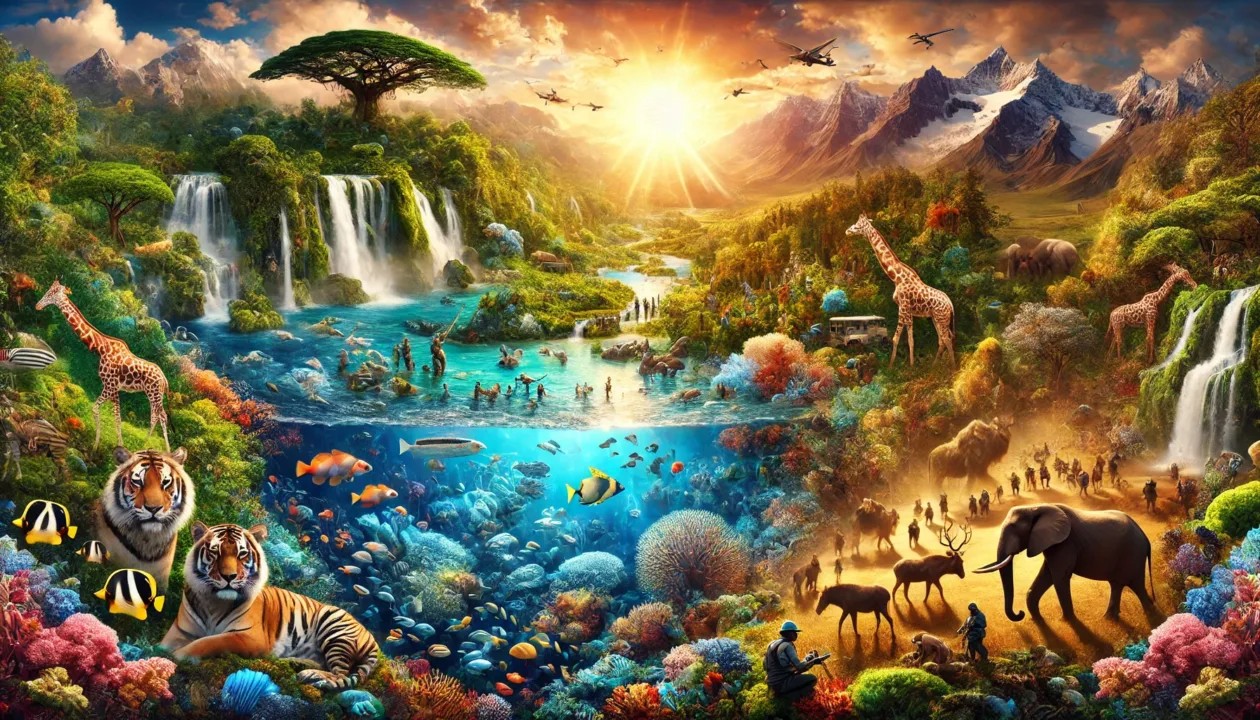- There’s something almost otherworldly about watching the sea light up under a moonless sky.
- Yet there’s more to bioluminescence than beauty. These light shows serve real purposes in the animal kingdom.
There’s something almost otherworldly about watching the sea light up under a moonless sky. Each wave glows a soft electric blue, fish shimmer as they dart by, and even footsteps in wet sand leave a glowing trail behind.
This is not a fantasy scene or a special effect — it’s bioluminescence, a natural phenomenon that turns ordinary oceans into something spectacular.
Bioluminescence is the production and emission of light by living organisms. In the ocean, it’s primarily caused by microscopic plankton known as dinoflagellates.
When these tiny creatures are agitated — by movement, waves, or predators — they emit light through a chemical reaction involving luciferin (a light-producing compound) and luciferase (an enzyme).
The result? A beautiful burst of bluish-green light that can feel downright magical.
Read More
While it might appear rare, bioluminescence is actually quite common in marine ecosystems. In fact, scientists estimate that over 75% of deep-sea creatures can produce light in some form — from glowing jellyfish and squid to eerie anglerfish that lure prey with a lighted appendage.
But it’s the surface bioluminescence, visible in coastal waters and bays, that has captured the imagination of humans for centuries.
In places like Mosquito Bay in Puerto Rico, the Luminous Lagoon in Jamaica, and parts of the Kenyan and Tanzanian coastline during the right conditions, people travel from far and wide to witness the spectacle.

Just dipping your hand in the water and watching it glow can feel like touching stardust.
Yet there’s more to bioluminescence than beauty. These light shows serve real purposes in the animal kingdom. Some species use it to attract mates.
Others to confuse or deter predators. Some even use it to camouflage, countershading themselves against the faint light above to remain invisible from below.
However, this glowing wonder is fragile. Pollution, overfishing, and nutrient runoff from agriculture can disrupt the delicate balance of marine ecosystems, sometimes triggering harmful algal blooms that are toxic rather than beautiful.
Climate change, too, alters water temperatures and salinity, potentially changing where and how bioluminescent organisms thrive.
Bioluminescence is a reminder that not all natural wonders tower above us — some shimmer quietly in the dark, asking only for our awe and protection. In a world where we often look to the skies for wonder, maybe it’s time we looked back down — into the ocean.







